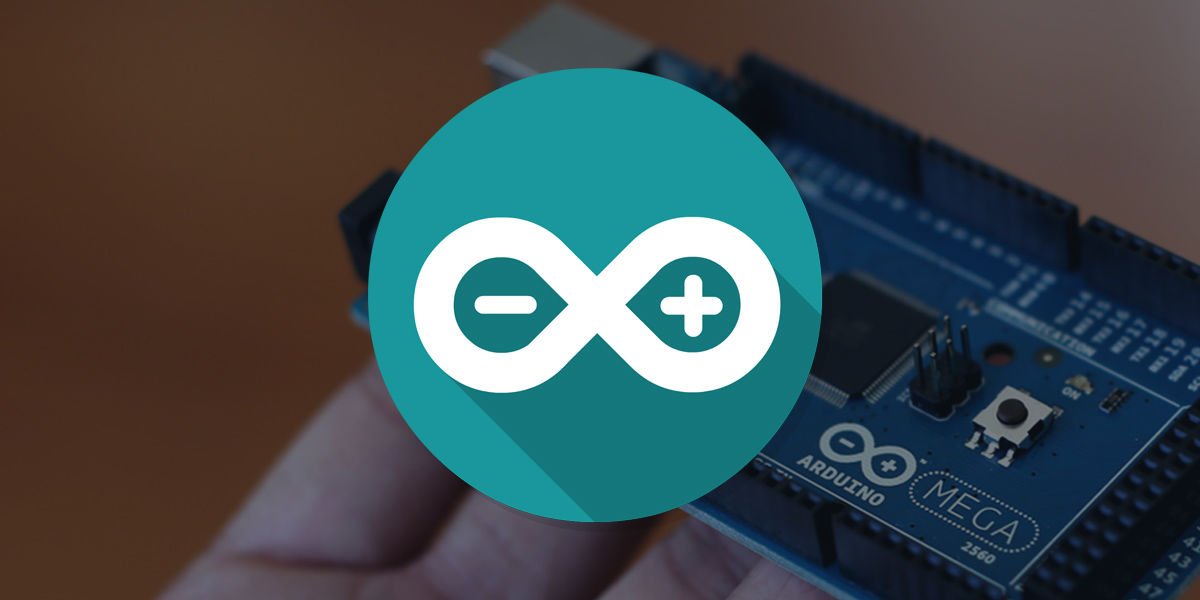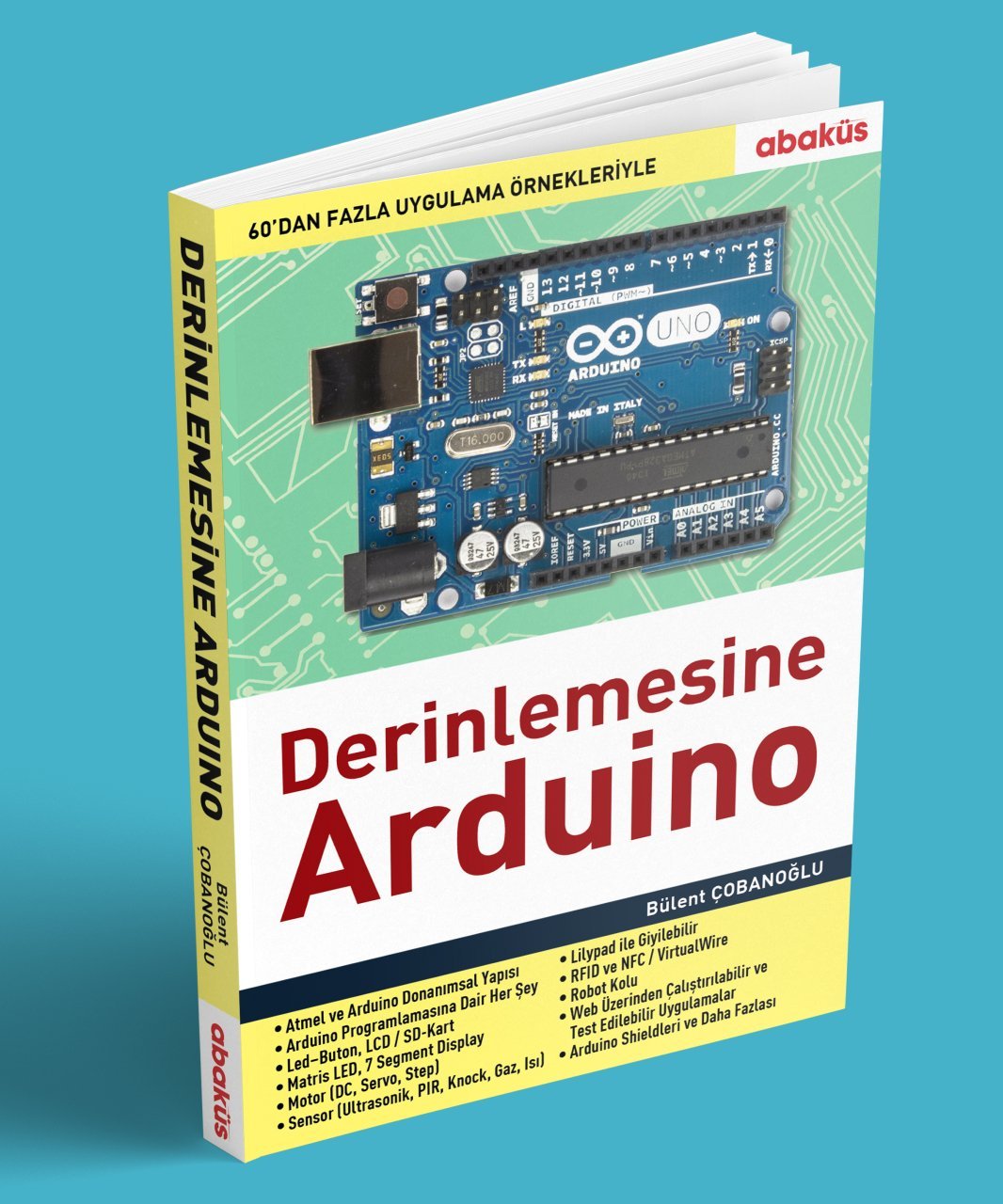Arduino’ya Başlarken Bilmeniz Gerekenler

Arduino açık kaynaklı bir elektronik prototip platformudur ve kendi alanında Raspberry Pi ile birlikte en popüler platformlardan biridir. Peki Arduino’yu bu kadar öne çıkaran nedir? Neden Arduino öğrenmelisiniz? Gelin bunlara bir göz atalım.
Arduino kullanımı kolay ve esnek olan donanım ve yazılımlar üzerine kuruludur. Sanatçılar, tasarımcılar, mühendisler, makerlar ve programlamaya ilgisi olan herkes için tasarlanmıştır. Arduino, çeşitli düğmeler, bileşenler ve sensörlerdeki verileri okuyarak çevreyi algılar. LED'leri, motorları, servoları, röleleri ve daha fazlasını kontrol etmenizi sağlayabilir.
Neden Arduino?
Neden Arduino'yu seçmeliyim diye sorabilirsiniz. Arduino, programlanabilir bir elektronik proje oluşturma sürecini gerçekten basitleştirerek yeni başlayanlar için harika bir platform haline geliyor. Daha önce elektronik deneyimi olmayan biri bu platformla kolayca çalışmaya başlayabilir.
Üstelik açık kaynaklı olması sayesinde internette çok sayıda bilgi ve kod bulabilirsiniz. Aynı zamanda ucuz olması da herkesin erişebilmesini sağlıyor. Arduino Uno ile başlayabilir ve projeleriniz karmaşık hale geldikçe diğer Arduino modellerini kullanabilirsiniz. Boyut, güç ve diğer bazı özelliklere göre değişkenlik gösteren çok sayıda Arduino bulunuyor.
Arduino ile neler yapabilirsiniz?
Bir Arduino şaşırtıcı sayıda şey yapabilir. Son zamanlarda özellikle 3B yazıcıların yaygın hale gelmesiyle 3B projelerde yaygın olarak kullanılmaya başladı. Işıklı köpek tasmasından uzaktan kumandalı arabaya kadar pek çok şey için Arduino kullanılabilir.
Düşük maliyeti ve kullanım kolaylığı, binlerce yapımcının, tasarımcıların, korsanların ve yaratıcıların harika projeler yaptığı anlamına geliyor. Bu kişilerin önemli bir bölümü projesinin kodlarını internette paylaşıyor. Bunlara göz atarak kendi yaratıcı projenizi hızla geliştirebilirsiniz.
Arduino nelerden oluşur?
Daha önce söylediğimiz gibi çok sayıda Arduino modeli bulunuyor. Ancak Arduino Uno üzerinden bu soruyu cevaplamak mümkün.
İşlemci: 16 Mhz ATmega16U2
Flash bellek: 32KB
Ram: 2KB
Çalışma Gerilimi: 5V
Giriş Voltajı: 7-12V
Analog giriş sayısı: 6
Dijital G / Ç Sayısı: 14 (6 Darbe Genişliği Modülasyonu - PWM)
Özellikler, masaüstü bilgisayarınıza kıyasla çok az gibi görünebilir, ancak Arduino'nun masaüstünüzden çok daha az bilgiye sahip, gömülü bir cihaz olduğunu unutmayın. Bu özellikler, çoğu elektronik proje için ihtiyacınız olandan daha fazlasını içeriyor.
Arduino'nun bir diğer harika özelliği de "shield” denilen şeyi kullanma yeteneği. Shield ya da Türkçeye çevirebileceğimiz adıyla kalkan, Arduino'nuzun özelliklerini ve işlevselliğini genişletmek için çok pratik bir yoldur.
Arduino öğrenmek için Bülent Çobanoğlu’nun hazırladığı Derinlemesine Arduino kitabıyla hemen siz de kendi projelerinizi üretmeye başlayabilirsiniz.

